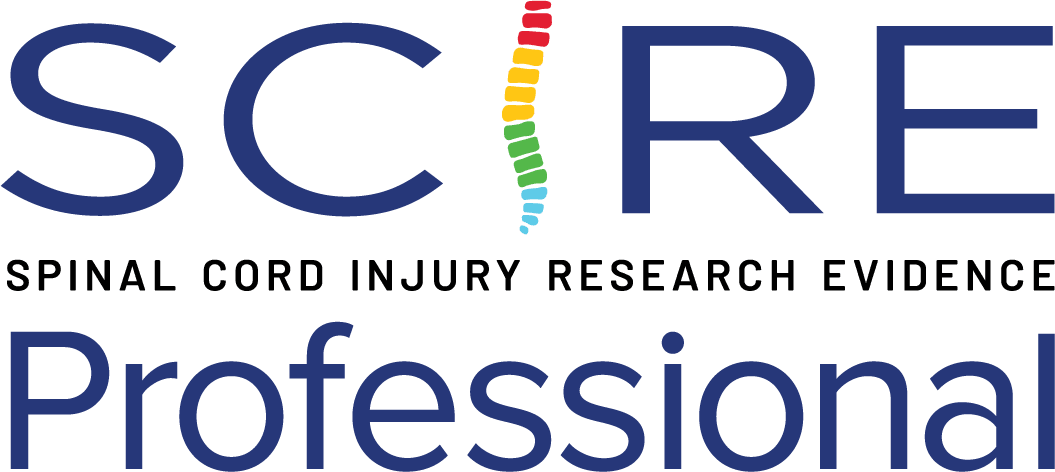Enhancing Strength Following Locomotor Training in Incomplete SCI
Much research is focused on the development of effective therapies directed at enhancing locomotion. Typically, as noted earlier in this chapter, the majority of these investigations focus on individuals with incomplete SCI and also predominately employ ambulation-related outcome measures. However, some investigators have also examined the effect of locomotor training on enhancing lower limb strength as a secondary measure, or in other cases have examined the relationship between changes in lower limb strength and walking ability. For the most part, these therapies include a form of body-weight supported treadmill training. In these therapies, the patient’s limb movements may also be assisted by any (or a combination) of the following: therapist, appropriately timed electrical stimulation (i.e., FES) or a robotically controlled servo-mechanism (Hornby et al. 2005a; Hornby et al. 2005b; Wirz et al. 2005; Field-Fote, 2001; Field-Fote & Roach, 2011; Wernig et al. 1998; Wernig et al. 1995). In other locomotor studies involving strength measures, locomotor training consisted of overground walking assisted by FES (Granat et al. 1993) or a combination of this with treadmill and biofeedback training (Petrofsky, 2001). In the present section, the outcomes associated with the strength benefits of these studies will be presented.
Discussion
In general, investigators have noted significant increases of lower limb strength following locomotor training – despite variations between training protocols and specific methods employed. Outcome measures have included manual muscle testing of individual lower limb muscles in incomplete SCI or summated scores of several muscles (Hornby et al. 2005; Wirz et al. 2005; Field-Fote, 2001; Wernig et al. 1998; Wernig et al. 1995; Granat et al. 1993). Most recent studies have adhered to AIS international guidelines for manual muscle testing (Hornby et al. 2005a; Hornby et al. 2005b; Wirz et al. 2005; Field-Fote, 2001; Field-Fote & Roach, 2011; Tester et al. 2011; Benito-Penalva et al. 2010). Others have employed muscle torque measurements by employing strain gauge transducers (Petrofsky, 2001; Granat et al. 1993), a dynamometer, or twitch interpolation technique (Jayaraman et al. 2008).
All investigators have reported increases in lower limb muscle strength in individuals with chronic SCI. One study (Benito-Penalva et al. 2010) also found similar increases in a group with subacute SCI (< 3 months post-injury). However, several investigators have noted that enhanced walking capability was not necessarily associated with parallel increases in strength (Wirz et al. 2005; Field-Fote, 2001; Field-Fote & Roach, 2011; Wernig et al. 1998; Wernig et al. 1995). Furthermore, the clinical relevance of the small strength gains following locomotor training is questionable when considering the duration and complexity of the intervention (Field-Fote, 2001). However, there is weak evidence (from 1 study, n = 3) that significant improvements in muscle strength may be realized when locomotor training is combined with conventional therapy (Hornby et al. 2005b). In a more recent study that examined the effects of a 12-week resistance and plyometric training program, improvements in knee extensor and ankle plantarflexor torque production were accompanied by >30% improvement in gait speed (Gregory et al. 2007).
Detecting group differences in strength gains during the acute phase may be more challenging given the natural recovery. Wernig et al. (1995) found no differences between those provided locomotor training versus those treated conventionally in muscle strength gains. However, specific subject characteristics were inadequately described other than stating that body-weight supported treadmill training was initiated within a few weeks (i.e., 2-20 weeks, median 7 weeks) following injury. There was also a lack of standardized assessment, further confounding the findings.
Conclusion
There is level 1b evidence (Field-Fote & Roach 2011) that most forms of locomotor training (i.e., including body weight supported treadmill training with various assists and FES-assisted overland training) increase lower limb muscle strength in chronic SCI as indicated by overall increases in total lower extremity motor scores.
There is level 3 evidence (Wernig et al. 1995) that body weight supported treadmill training is not significantly different than conventional rehabilitation therapy in enhancing lower limb muscle strength in acute SCI, although these studies are confounded by the natural recovery that may take place in the acute period.
There is level 4 evidence (Gregory et al. 2007) that a resistance and plyometrics training program can enable improvements in overground gait speed in chronic incomplete SCI.
